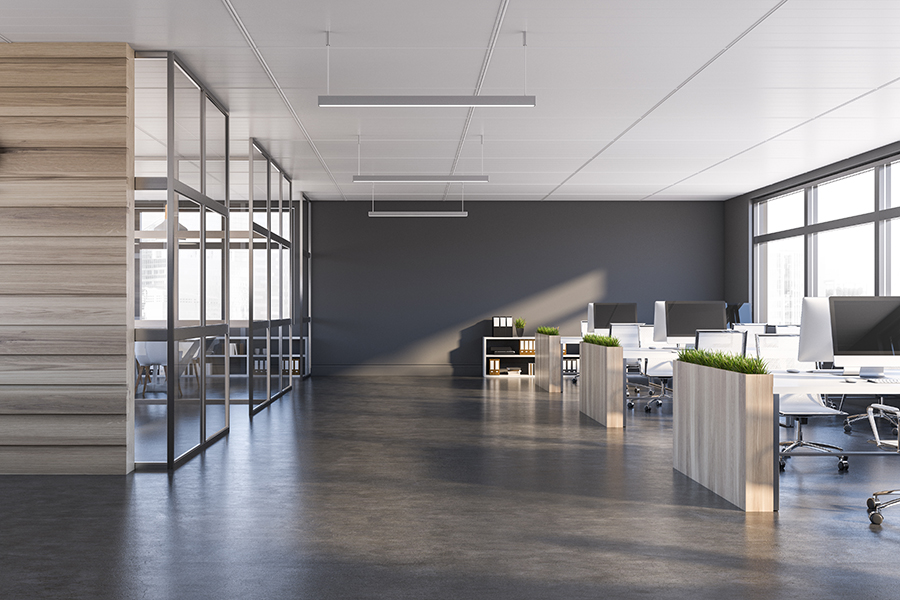Office optimization lets you squeeze more value out of your company's commercial real estate. While there are a lot of ways that you can optimize your office space, they tend to fall into two camps: you can get more out of your existing office, or you can get more by changing offices.
1. The Key to Office Optimization
Before we start delving into the details of how you can wring the maximum value out of your spaces, we first have to find the key. We need to collect as much data as possible about your company's portfolio. Here's why.... Imagine that your office in Omaha operates with 140 square feet per employee. Is that a good size? If every other office has 100 square feet per worker, Omaha might be inefficient. On the other hand, if your Midwestern norm outside of Omaha is 170 square feet, then you might be doing something right there.
The more data that you have, the more office optimization you can achieve. Basic space metrics, cost information and employee performance and retention data will all give you a good base for assessing your space. It's also useful to add in lease abstract data so that you know what you can do and when you can do it if you need to change to a different office space.
2. In-Place Office Optimization
When you're looking to optimize your existing offices, there are usually three ways to do it: increase density, increase satisfaction, or reduce your total space.
Increasing density doesn't have to require a huge tenant improvement budget for new construction and demolition work. Instead, you can add more people in the same area by repurposing unused space (do you still need a big storage room for files?) and by reconfiguring furniture. Considering alternative working arrangements like telecommuting or hot-desking can also let you increase the utilization of your space while also potentially making your employees happier and more productive.
Making your employees happier or more productive can be a harder target to hit. Doing this is also a type of office optimization that goes well beyond simple commercial real estate metrics. If you identify problems with productivity, absenteeism or retention, work with your managers and human resources departments to identify the bottlenecks in your space. Do you have a layout that breeds distraction for your focus workers? Does your space lack desirable amenities? Is your connectivity sub-par for modern needs? As you identify the issues, the solutions should become clear.
Finally, if you have too much space, there's only one solution: get rid of it. When your lease is coming up, changing offices or breaking off a piece might be an option. If you have a long term remaining on your lease, though, subleasing the vacant area out might be your best -- and only -- option.
3. Moving for Office Optimization
Sometimes, you can't optimize your existing office. This could happen because it is not properly configured or located for your needs. Frequently, though, it's that there are better deals available on better spaces. You need a blend of the office-related data that we already discussed and up-to-the-minute market data to identify these situations. When you have it, and you identify an opportunity, work with your tenant representative to help you find a better space. Applying the office optimization rules you learned through analyzing the rest of your portfolio should make the replacement space even better, as well.
Here are a few other articles we think you'll enjoy:
You Need a Tenant Rep Broker: Here's Why
10 Commercial Lease Clauses You Should Know
3 Strategies to Optimize Your CRE Portfolio
Subscribe to our blog for more CRE tips!!







